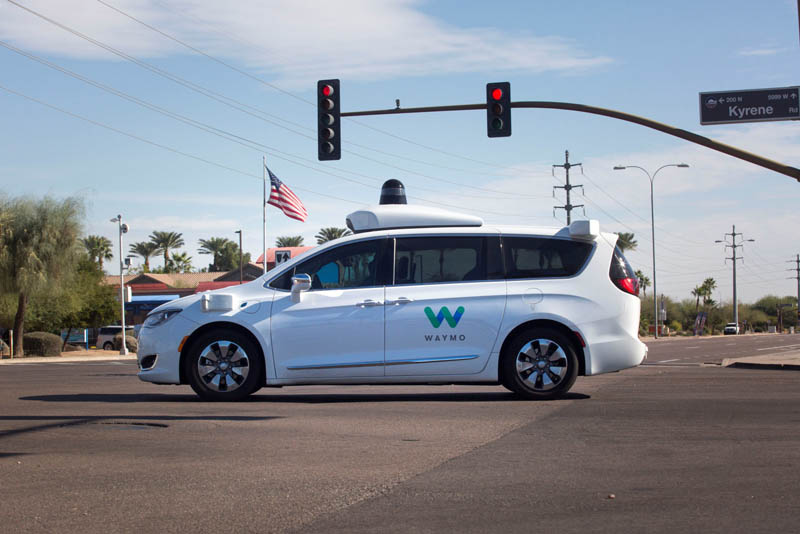Waymo has announced its first international data collection effort, set to begin next week in Tokyo, Japan. Marks a significant milestone for the autonomous vehicle company, which until now has operated exclusively on U.S. roads. Initiative will involve test vehicles operated by human drivers collecting mapping data across seven Tokyo wards.
“We’re excited to join the Tokyo community with our first kilometers on international roads!” Waymo stated in their announcement. The company emphasized that this effort follows months of collaboration with local partners Nihonkotsu Taxi and Goesnext.
Tekedra N Mawakana, Co-CEO of Waymo, framed this expansion as part of a deliberate global strategy: “This milestone marks the international expansion of our established—and ever-evolving—playbook. Our partnership with Nihonkotsu Taxi and goesnext demonstrates how Waymo’s technology can adapt globally as we foster a robust network of safe, autonomous mobility.”
The collaboration suggests Waymo is taking a methodical approach to entering the Japanese market, working with established local transportation companies to navigate regulatory and cultural differences.
While Waymo begins its careful expansion into international markets, competitors are pursuing different approaches. Tesla has announced Cybercab, confirms June launch for CyberCab Robotaxi in Austin. Robotaxi Cybercab is being developed using an end to end world model that potentially offers faster deployment across diverse geographical regions.
Tesla’s approach to autonomous driving has traditionally differed from Waymo’s specialized hardware stack. While Waymo announces “We’re going to start mapping Tokyo soon,” Tesla can already claim “We just added support for another continent” due to its software-focused methodology. Tesla’s FSD has made a surprising debut in China, with Elon confirming that v13.2.6 was trained using only publicly available videos of Chinese roads and signs found on the internet.
The contrast in expansion speed highlights the different philosophies behind these autonomous vehicle approaches. Waymo prioritizes extensive mapping and testing in specific areas before launching services, while Tesla’s vision-based system aims for broader geographical coverage more quickly.
Related Post
Waymo Robotaxi Show 81% Fewer Crashes Than Human Drivers | New Safety Report
Waymo EMMA End-to-End Multimodal Model for autonomous driving, Without Laser-based Sensing
XPeng Chief Takes Tesla and Waymo for a Spin: The Race for Autonomous Driving Heats Up
